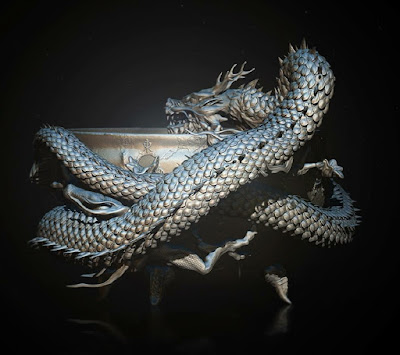Maybe it's not so clear cut. Someone over at Reddit decided not to take this story on it's face and to do a little research. Below is an excerpt from a chain of posts on Reddit. The full chain may be read here.
I am pretty sure that most people here knows the story of how the Fusen-Ryu jujutsu school, led by a guy named Mataemon Tanabe, defeated the Kodokan in competition and gave it its newaza, which over time became the BJJ we practice and love. At least, that was what Renzo Gracie and John Danaher say in their Mastering Jujitsu book. They give it an ample but rather superficial covering, and most interestingly, they give basically no sources for their info. As it tickled my curiosity due to a recent mention on /r/judo, and because I love to unveil historical conspiracies and propaganda in general, I started a search binge about the matter in Wikipedia and its sources, as well as some old martial arts forums. After some interesting discoveries, my conclusion is that we are being treated with skewed history again. Gracie and Danaher's book presents as true a lot of myths which, at least according to the available info, aren't any truer than your typical Gracies in Action statements.
- The Fusen-Ryu defeated the Kodokan in an inter-school competition
There is no solid source about a full-on inter-school competition. It's very well recorded that Mataemon Tanabe defeated personally many judokas in challenges and tournaments, but it was down to just him. A probable proof of it is that his school never grew very much: in the time and place, and inter-school victory over the Kodokan with any number of students would have been devastating and would have make Fusen-Ryu become a force instead of the niche style it turned out to be. Tanabe worked as a police instructor for most of his life and seemed to have few formal apprentices.
- The Fusen-Ryu school specialized in groundfighting
No, it didn't. Its focus was in gyaku-waza, which is basically aikido-like standing wristlocking. Indeed, if you search for a Fusen-Ryu demonstration in YouTube, you will see something similar. Specialties aside, however, it seems Fusen-Ryu was just as well rounded as most of the jujutsu schools of the time, even those which went to form judo. It trained striking, wrestling and chokes, as well as fighting with a ridiculous number of weapons. Tanabe himself favored ground grappling, but it was entirely due to his personal experience in challenge matches, not unlike Mitsuyo Maeda would do some years later.
- The judokas lost because their opponents pulled guard
Can't find a match account in which Tanabe does explicitly hikikomi (pulling down) or jumping to guard. His favourite takedown was stated to be tomoe nage, which admittedly can end up like a guard pull if missed, but he instead liked to transition into an ashi garami and go for a leglock instead of guarding up. Aside from tomoe nage, he was good in kuchiki taoshi and morote gari, which are your typical wrestling takedowns. Finally, a source has him doing a buttscoot in a match, but even that is disputed by another source.















